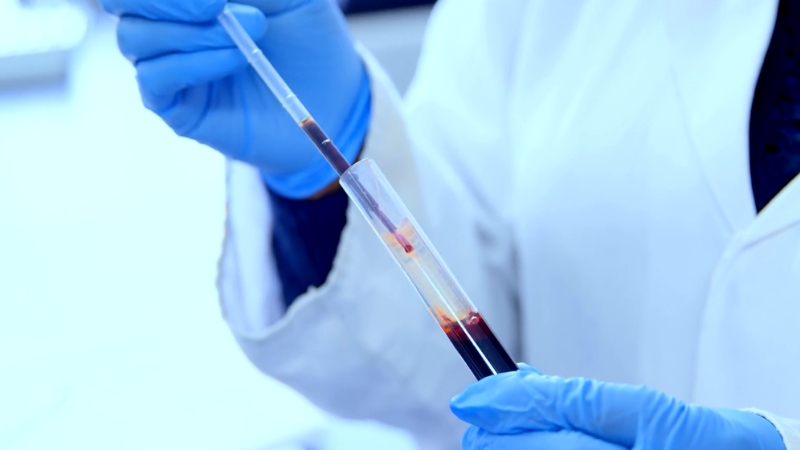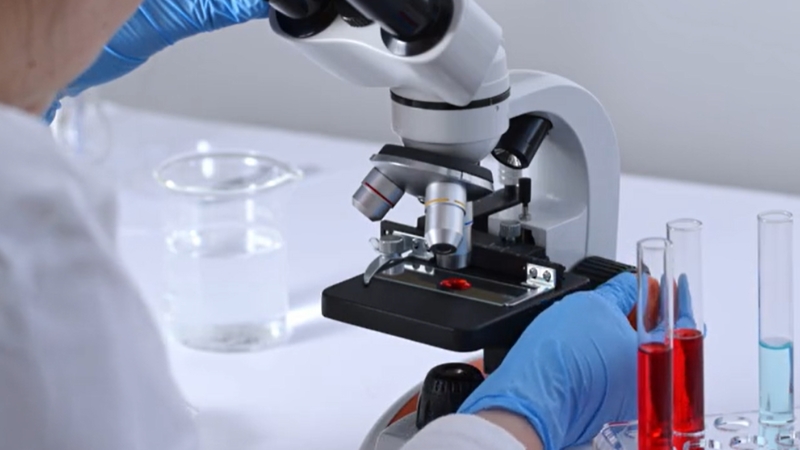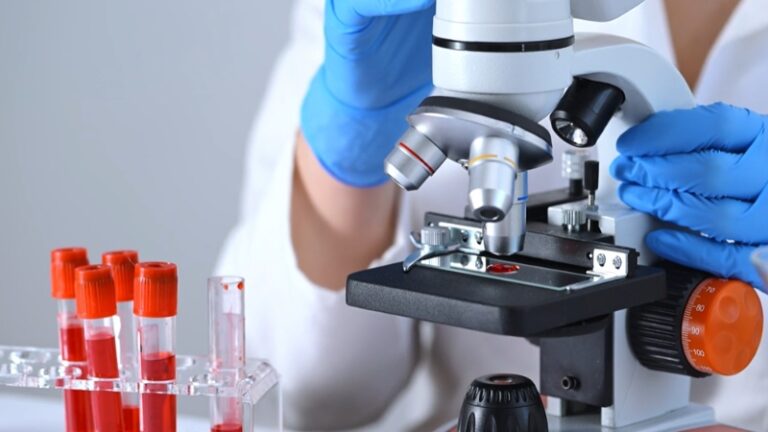HIV ELISA and ECLIA tests are both highly accurate, but recent data shows that ECLIA (and its counterpart CLIA) outperforms ELISA in key areas like specificity, automation, and consistency.
While ELISA remains the standard for HIV blood screening in China, studies reveal it has a higher rate of false positives, leading to unnecessary donor loss and discarded blood units.
In contrast, ECLIA delivers the same high sensitivity with far fewer false positives and greater lab-to-lab reliability.
This guide explores how accurate each method truly is, based on real-world testing of over 1,000 blood donations, and what that means for the future of HIV screening.
Key Takeaways
Study Design and Testing Methods

Between March and September 2015, 1,029 blood donations were evaluated across 14 blood centers in China. All samples were initially screened with one or two ELISA kits and subsequently tested with:
- Eight commercial ELISA kits (3rd and 4th generation),
- CLIA (Abbott ARCHITECT HIV Ag/Ab Combo),
- ECLIA (Roche Elecsys HIV combi PT),
- Confirmatory testing by NAT (Nucleic Acid Testing) and Western Blot (WB).
Out of 1,029 samples:
Performance Comparison: ELISA vs. ECLIA (and CLIA)
Metric
ELISA (Avg)
ECLIA
CLIA
Sensitivity
98.5–100%
100%
100%
Specificity
89.0–98.7%
99.0% (884/893)
99.1% (885/893)
Concordance Rate
90.5–98.5%
99.1% (1020/1029)
99.2% (1021/1029)
Positive Predictive Value (PPV)
As low as 1%
93.8% (136/145)
94.4% (136/144)
Negative Predictive Value (NPV)
~99.5–100%
100%
100%
Kappa (κ agreement)
0.68–0.93
0.963
0.967
What Do These Numbers Mean?
ELISA
ELISA tests, particularly 4th-generation kits, provide strong sensitivity but are prone to nonspecific reactivity. In this study:
This means nearly 70% of positive ELISA results were incorrect, leading to unnecessary donor deferrals and blood unit discards.
ECLIA and CLIA
View this post on Instagram
Both ECLIA and CLIA delivered 100% sensitivity and significantly higher specificity than most ELISA kits, according to Research Gate.
They also demonstrated excellent positive predictive value — meaning a positive result was much more likely to be a true positive.
Moreover, they accurately identified 97% of ELISA false positives as nonreactive, effectively rescuing usable blood donations and preventing unnecessary loss of donors.
Real-World Implications for Blood Safety
In the context of HIV blood screening, the accuracy of test results has direct consequences on both public health safety and blood supply sustainability. All three testing methods—ELISA, CLIA, and ECLIA—were able to detect all 136 true HIV-positive samples in this study.
However, their performance diverged sharply when it came to false positives.
These figures highlight a critical issue with ELISA: although sensitive, it produces a large number of nonspecific reactive results, leading to low PPV and unnecessary deferral of donors. In contrast, CLIA and ECLIA avoided over 97% of these false positives, preserving otherwise safe blood donations. This has substantial implications for healthcare systems, where efficient blood usage is vital and donor retention is a constant challenge. Despite its limitations, ELISA continues to be the primary method for HIV screening in blood banks across China. Several practical factors explain its ongoing use: However, ELISA platforms are open systems, meaning each laboratory may use different configurations, equipment, and procedures—even when using the same kit. This leads to inconsistent test results, operator variability, and reduced standardization. On the other hand, CLIA and ECLIA operate on closed, fully automated platforms that minimize human error and yield more consistent, reproducible outcomes across labs. In summary, while ELISA remains widely used due to accessibility and policy, the growing evidence in favor of CLIA and ECLIA supports their future integration into national blood screening strategies, especially where accuracy and efficiency are critical. ECLIA systems offer: ELISA remains a highly sensitive tool and continues to serve as the standard for HIV blood screening in China. However, evidence shows that CLIA and ECLIA offer superior specificity, fewer false positives, and greater consistency across laboratories. Their fully automated systems reduce operator error and preserve more usable blood donations. With increasing demand for safer, more efficient screening, ECLIA and CLIA are strong contenders for future adoption. As technology advances and costs normalize, upgrading to these systems could significantly improve blood safety and resource efficiency.
Test Type
True Positives Detected
False Positives Avoided
PPV (%)
ELISA (all kits avg)
136
Only ~30% accuracy on positives
~30.2%
ECLIA
136
306 out of 315 false positives
93.8%
CLIA
136
307 out of 315 false positives
94.4%
Why Is ELISA Still Widely Used?
Why Consider ECLIA?

Conclusion

